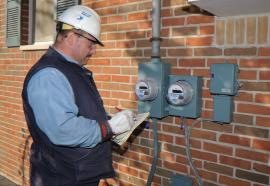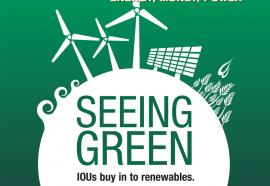Got Prepaid?
Smart meters open the door to advance billing.
Investor-owned utility executives have long understood the benefits of prepaid metering, but technical and regulatory roadblocks have prevented wide-scale implementation. Now, however, two IOUs—Arizona Public Service and DTE—are planning prepaid metering programs that could be offered to all customers. Smart metering technology might pave the way for prepaid to become a standard service.











